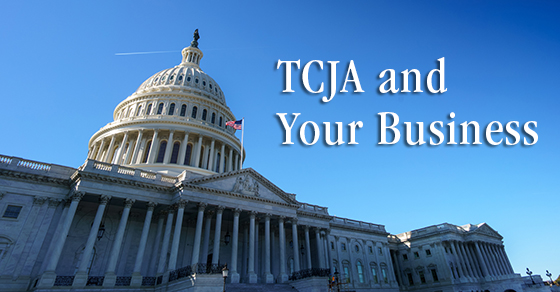
Summer is just around the corner. If you’re fortunate enough to own a vacation property, you may wonder about the tax consequences of renting it out for part of the year. We’ll break down the specifics so that you know the vacation home tax rules before renting this summer.
Duration is a Factor
The tax treatment depends on how many days the home is rented and your level of personal use. Personal use includes vacation use by your relatives (even if you charge them market rate rent) and use by nonrelatives if a market rate rent isn’t charged.
If you rent the property out for less than 15 days during the year, it’s not treated as “rental property” at all. In the right circumstances, this can produce significant tax benefits. Any rent you receive isn’t included in your income for tax purposes (no matter how substantial). On the other hand, you can only deduct property taxes and mortgage interest — no other operating costs and no depreciation. (Mortgage interest is deductible on your principal residence and one other home, subject to certain limits.)
If you rent the property out for more than 14 days, you must include the rent you receive in income. However, you can deduct part of your operating expenses and depreciation, subject to several rules.
First, you must allocate your expenses between the personal use days and the rental days. For example, if the house is rented for 90 days and used personally for 30 days, then 75% of the use is rental (90 days out of 120 total days). You would allocate 75% of your maintenance, utilities, insurance, etc., costs to rental. You would allocate 75% of your depreciation allowance, interest, and taxes for the property to rental as well. The personal use portion of taxes is separately deductible. The personal use portion of interest on a second home is also deductible if the personal use exceeds the greater of 14 days or 10% of the rental days. However, depreciation on the personal use portion isn’t allowed.
If the rental income exceeds these allocable deductions, you report the rent and deductions to determine the amount of rental income to add to your other income. If the expenses exceed the income, you may be able to claim a rental loss. This depends on how many days you use the house personally.
Put it to the Test
Here’s the test: if you use the property personally for more than the greater of 1) 14 days, or 2) 10% of the rental days, you’re using it “too much,” and you can’t claim your loss. In this case, you can still use your deductions to wipe out rental income, but you can’t go beyond that to create a loss. Any unused deductions are carried forward and may be usable in future years. If you’re limited to using deductions only up to the amount of rental income, you must use the deductions allocated to the rental portion in the following order: 1) interest and taxes, 2) operating costs, 3) depreciation.
If you “pass” the personal use test (i.e., you don’t use the property personally more than the greater of the figures listed above), you must still allocate your expenses between the personal and rental portions. In this case, however, if your rental deductions exceed rental income, you can claim the loss. (The loss is “passive,” however, and may be limited under the passive loss rules.)
Rely on the Experts
As you can see, the rules are complex. But knowing the vacation home tax rules before renting can help you plan ahead and maximize deductions. The professional team at Ramsay & Associates can help you better understand these regulations to benefit your specific situation. Contact us with questions.



